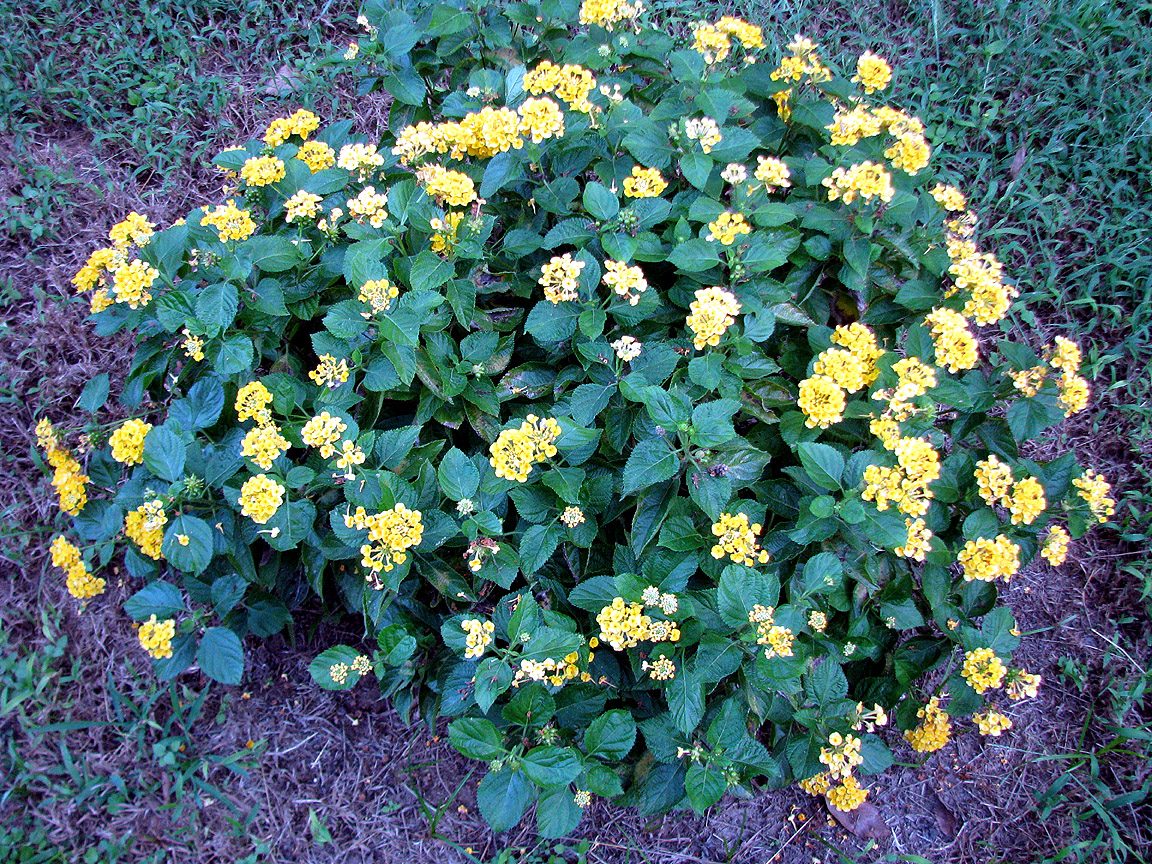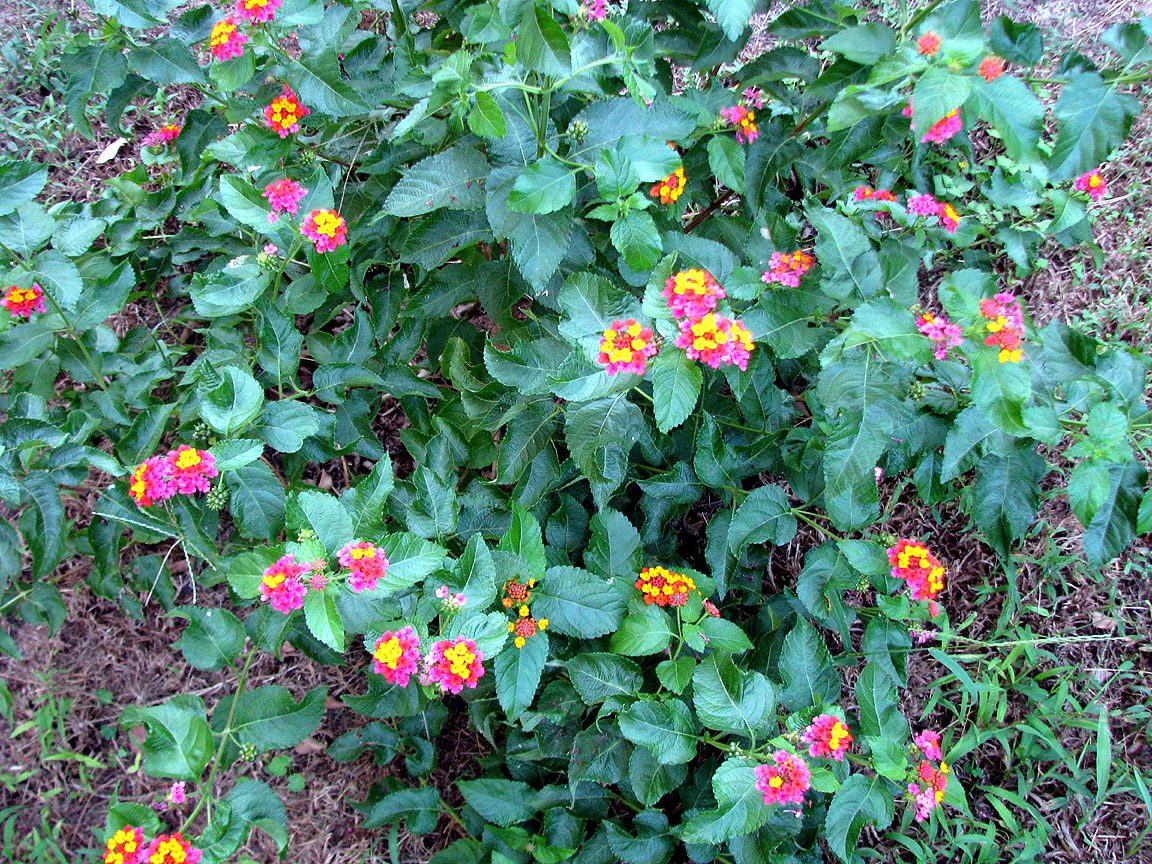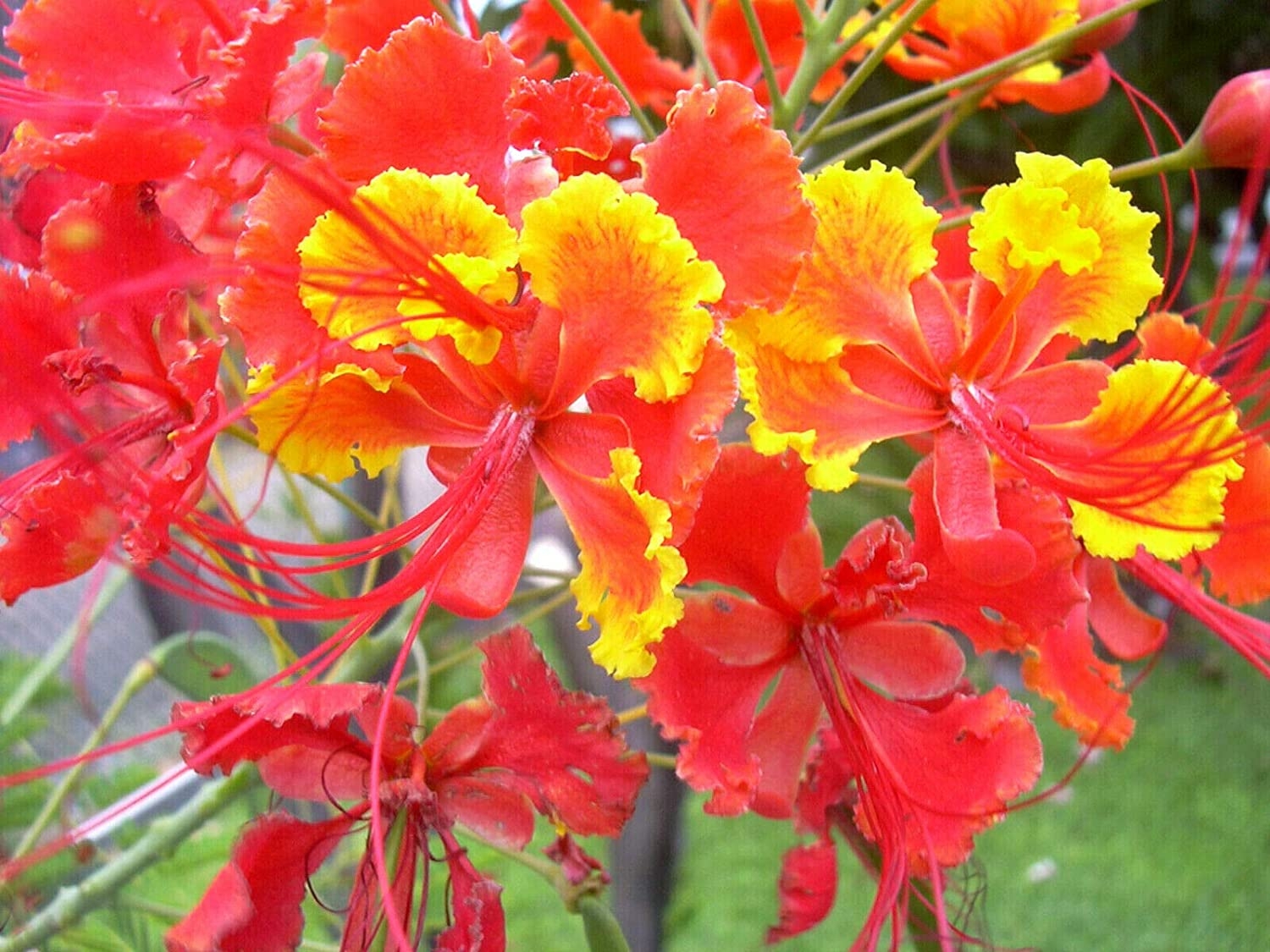Many butterflies are appearing again, and today on the Lantana, I saw P. cresphontes, P. glaucus, B. philenor, D. vanillae, D. plexippus, V. cardui, and Hemaris sp., along with various others.






















I guess it may survive short cold spells, but you will know whether you are in a suitable zone or not.USDA hardiness zones: 8b-12. This plant may die to the ground in zones 8b-9a and recover from its roots in the spring.


I'm in zone 8b, but not very far from the border of 8a. C. pulcherrima is sometimes available at my local (North TX) garden centers and nurseries, but as I've only rarely seen it planted in this area apart from at botanical gardens, I assume that it isn't particularly winter hardy here. If it were, it seems likely that it would be considerably more common. Quite a contrast from Lantana, which can be seen on virtually every street.adamcotton wrote: Mon Oct 14, 2024 7:37 pm Guess what, I have that in my garden. Indeed Papilionidae do like it.
I did a quick search and gotI guess it may survive short cold spells, but you will know whether you are in a suitable zone or not.USDA hardiness zones: 8b-12. This plant may die to the ground in zones 8b-9a and recover from its roots in the spring.
Adam.






Yes, I will plan to try growing C. pulcherrima in one of the more protected areas of my yard next year. I have a neighbor who has had considerable success in keeping ornamental banana plants alive across multiple years, so it seems likely that pulcherrima should be able to survive here as well, with some care and attention to placement (and hopefully, no severe freezes). I've read that most of the pulcherrima growing in southern Arizona originated from a more cold-tolerant stock that came from Mexico, rather than from the Caribbean and other more tropical areas of its natural range.adamcotton wrote: Tue Oct 15, 2024 11:07 am If you plant it near a south facing wall or somewhere protected from freezing underground it should survive. I read that it may die back to the ground and then shoot again in spring.
I've noticed that some Lantana cultivars are definitely more attractive to Lepidoptera than others. Red, orange and yellow varieties appear to be most attractive; white and pink ones, less so. It doesn't seem to necessarily be related to color however, as I have one yellow variety that doesn't appear to attract much notice by butterflies at all. Perhaps some cultivars have a more attractive scent, or produce more nectar? Undoubtedly, the producers of these various cultivars are more focused on aspects such as an abundance of flowers, and their colors, rather than how attractive they are to butterflies and other insects.wollastoni wrote: Tue Oct 15, 2024 5:42 pm As it attracts a lot of butterflies in SE Asia, I have planted one lantana in my French garden... never seen any lepidoptera on it.
I guess the "commercial" variety I have is less interesting than the wild variety.


Sorry to hear that. There are many tropicals that I'd like to grow here in North TX, but most succumb to the occasional hard freeze. There are at least one or two palm species often planted in my area that can reasonably cope with our winters, but it can be very disappointing to have one grow up to a nice size during an 8-10 year stretch of somewhat mild winters, only to lose it when a really severe freeze eventually occurs.58chevy wrote: Wed Oct 16, 2024 9:35 pm I noticed the C. pulcherrima growing everywhere last time I was in AZ. I planted some in my yard in Houston, but it didn't do well and died in its second year. I'm not sure what the problem was. AZ gets colder winters than Houston, so it's not the temperature. Maybe Houston is too humid.
You need to be a member in order to post a reply
Not a member? register to join our community
Members can start their own topics & subscribe to topics
It’s free and only takes a minute